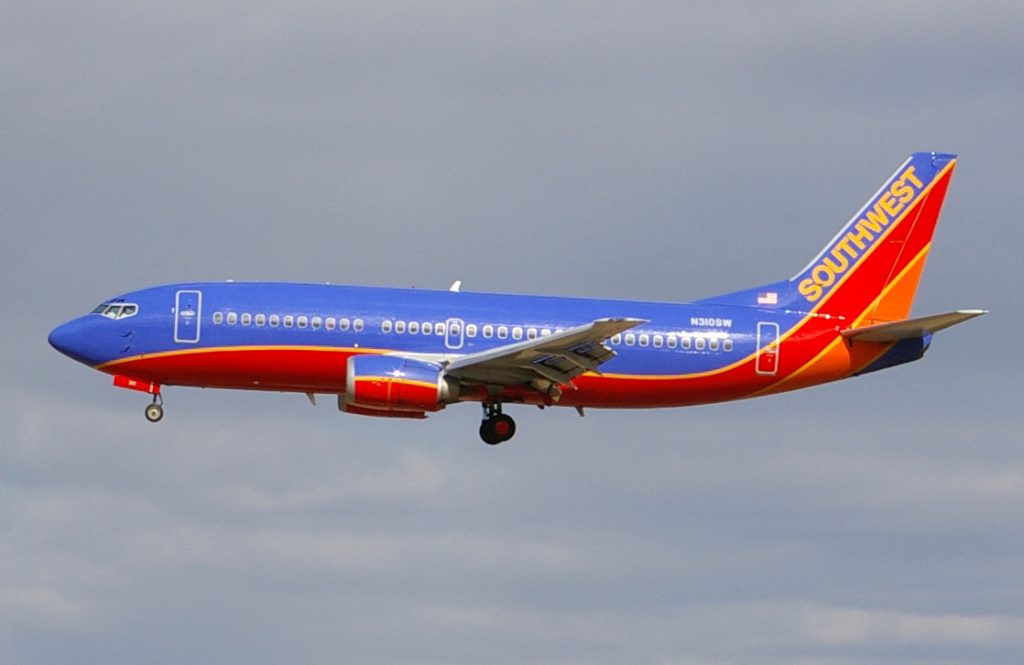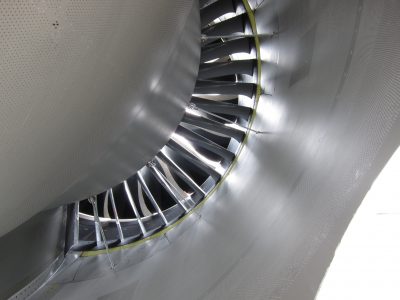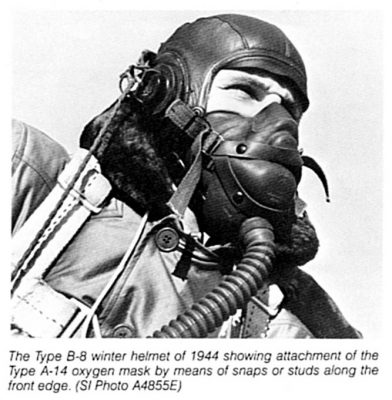
On April 17, 2018, the Southwest Airlines engine accident caught the nation’s attention and scared the passengers aboard Flight 1380 to their core. When someone is faced with imminent death, it gets one’s attention.

Details and pictures of the flight can be found at: https://www.cnn.com/2018/04/17/us/philadelphia-southwest-flight-emergency-landing/index.html. The summary of the events are as follows; A Southwest Airlines 737 (the only type of plane they fly) departed from New York City enroute to Dallas. Twenty minutes into the flight at an altitude of 32,500’ an explosion occurred on the left side of the aircraft. Metal punctured a window over the left wing.
A female passenger sitting next to the punctured window was sucked into the opening. After several minutes two men were able to pull the woman back into the airplane. Personnel administered CPR, while other passengers were writing notes to loved ones and trying to get on the internet to send messages amidst screams and cries aboard the aircraft.
Meanwhile the pilot executed an emergency descent and made a hard emergency landing at Philadelphia. There were 149 souls on board, the woman died.
I have blogged on Southwest Airlines before (https://doctoraviation.com/southwest-airlines-game-changer/). Overall, Southwest has an excellent safety record. The cause of this accident seems to be that one of the 24 fan blades on the left engine failed, departed the engine cowling and pierced the window.

While much could and should be written on the accident I want to focus on two aspects. One is why an engine blade would fail and the other is the blown out window.
Like all man-made objects, engines eventually wear out. This particular engine had been inspected and was well within bounds for safe operation. What appears to have happened was metal fatigue. Eventually metal can fatigue and fissures begin and eventually breaks occur. Much like an older person is much more susceptible to breaking their hip in a fall, versus a middle aged person, so metal is more apt to break as it ages.

If indeed metal fatigue is the culprit, it hearkens back to the famous Sioux City Iowa accident of 1989. We chronicle this accident in-depth in Session 5 of www.DoctorAviation.com. United Flight 232 departed Denver on July 19, 1989. The aircraft was a DC-10 with an engine mounted in the tail of the aircraft. Metal fatigue caused the engine blades to crack. An explosion occurred as fan blades blew out of the cowling. Hydraulic lines were severed rendering the aircraft nearly impossible to control. However, the combined efforts of Al Haynes, William Records, Dudley Dvorak and Denny Fitch allowed the aircraft to execute an emergency landing. Although there was a fiery crash, 185 of 296 survived.
It seems that a similar situation occurred here. Metal fatigued, a fan blade cracked and broke off. Instead of a hydraulic line being severed, a window was punctured. 
The punctured window illustrated the powerful effects of pressure differentials. Airline travelers are accustomed to the obligatory safety briefing before flight. “In the case of the unlikely event of the loss of cabin pressure, oxygen will drop down from the overhead panel. Please place the oxygen mask over your nose and mouth and brief normally. Then adjust the straps. Place the oxygen mask over your own nose and mouth before assisting others”. Oxygen masks are not normally required in flight because the cabin if filled with air by machines.
As altitude increases, air becomes thinner and therefore has less pressure. In early high altitude flights, pilots always wore oxygen masks as the cabin was unpressurized. In other words, the pressure inside the aircraft was the same as the pressure outside of the aircraft.

Eventually technology advanced to the state that the cabin could be pressurized. This allows crew members and passengers to breathe the density of air similar to that found on the ground. A problem occurs when something punctures the cabin. When that occurs it is a case of highly pressurized air mixing with low pressure air. Nature seeks an equilibrium, so all of the high pressure air “wants to rush out of the airplane” to the area of lower pressure. As the air rushes out, it pulls along anything not strapped down along with it.

The huge difference in air pressure from inside the aircraft to outside the aircraft results in a very powerful force. Hence on Flight 1380, the lady was sucked into hole left by the broken window. Once the woman was removed, passengers tried in vain to plug the hole with coats and other items. All the items were sucked out of the aircraft. The only thing that would have worked was something akin to a square piece of metal larger than the gaping hole.
The Flight 1380 engine accident reminds us that we have made great strides in aircraft safety. Most of us don’t think twice about our safety while flying. Yet, aviation remains an inherently dangerous venture, by its very nature. While flying, we are in an unnatural environment for humans.
It also reminds us that there are no guarantees in life, we are not guaranteed tomorrow. The end of this life waits for all of us and we don’t know when it is coming. Are we ready to face death, is a question that all of us must consider.
